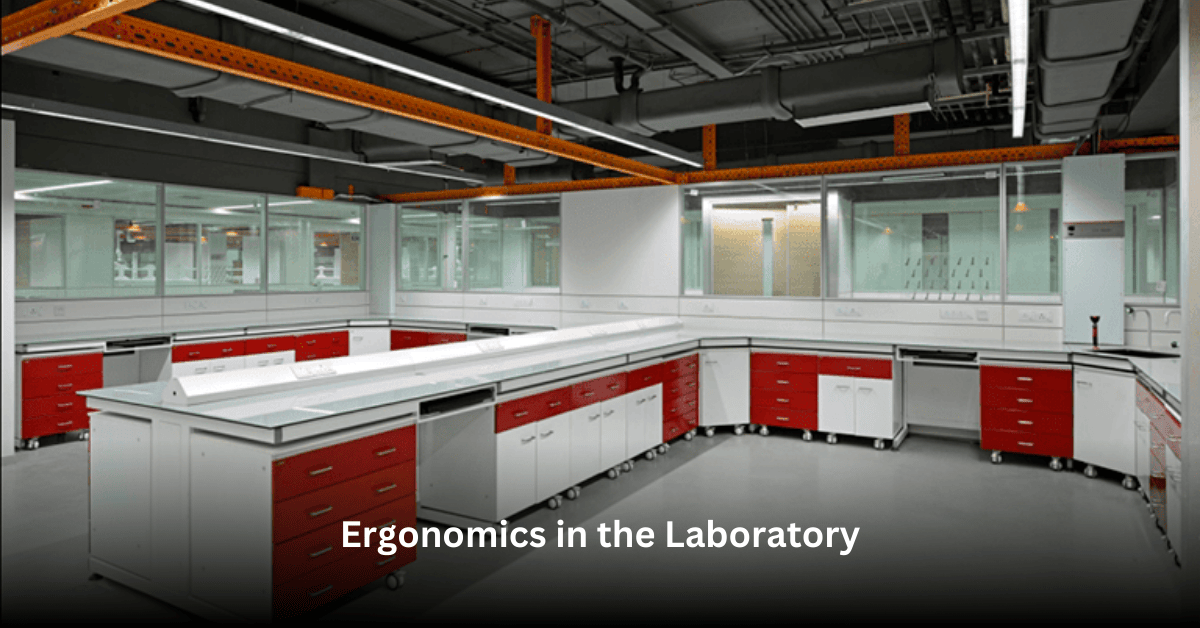Ergonomics, the study of people’s efficiency in their working environment, plays a crucial role in the design of laboratory furniture. This scientific approach to workspace design focuses on creating environments that fit the user’s needs, promoting health, comfort, and overall efficiency. The application of ergonomic principles in the laboratory can have a profound impact on productivity, reducing fatigue and preventing injuries, which in turn enhances the quality and quantity of scientific work.
Understanding the Ergonomic Impact on Laboratory Work
1. Reducing Physical Strain
Laboratory work often involves long hours of standing or sitting in fixed positions, which can lead to strain and discomfort. Ergonomically designed furniture, such as adjustable chairs, sit-stand desks, and appropriately positioned work surfaces, help maintain natural posture and reduce the risk of musculoskeletal problems. This not only keeps lab personnel healthier but also significantly reduces downtime due to injuries.
2. Enhancing Efficiency and Accuracy
When laboratory equipment and furniture are designed considering ergonomics, they align well with the user’s body, reducing unnecessary movement and allowing for more efficient workflows. For example, an ergonomically positioned fume hood controls can prevent repetitive stretching or bending, which might distract from tasks or cause errors. This streamlined interaction with equipment enhances focus and accuracy in experiments.
3. Improving User Engagement and Satisfaction
Comfortable working conditions are closely linked to job satisfaction. An ergonomic lab environment that minimizes discomfort and physical fatigue positively impacts morale and mental health, which are crucial for maintaining high levels of engagement and productivity. Happier employees are more likely to contribute effectively and be creative in their roles.
4. Safety Enhancement
Many laboratory tasks involve handling hazardous materials or performing precise experimental procedures. Ergonomic furniture helps ensure that these tasks are carried out safely. Features like chemical-resistant surfaces, easy-to-reach controls, and adequate space for safe handling of materials reduce the risk of accidents, enhancing overall lab safety.
LabGuard’s Commitment to Ergonomic Design
LabGuard’s ergonomic laboratory furniture is tailored to meet the varied demands of modern labs, integrating functionality with comfort. Here’s how LabGuard addresses ergonomic needs across different product lines:
Flexis Lab Furniture – C Frame Series
This series offers unparalleled flexibility and ease of adjustment, catering to the dynamic needs of laboratory settings. The ability to reconfigure and easily move components without compromising stability or safety makes it an ideal choice for labs that undergo frequent layout changes. Read More
Actis Lab Furniture – Plinth Based Series
The robust design of the Actis series supports extensive laboratory operations without sacrificing comfort. The fixed cabinets and overlying worktops provide a stable and comfortable working environment, especially suited for labs that handle heavy equipment. Read More
Stainless Steel Lab Furniture
The ergonomic benefits of this series are found in its durability and ease of maintenance. The smooth, corrosion-resistant surfaces of SS 304 stainless steel reduce the effort needed for cleaning and maintenance, allowing lab staff to focus more on their primary tasks. Read More
General Chemical Storage Cabinet
Safety and accessibility are key ergonomic aspects of these cabinets. Designed to minimize strain and improve efficiency, these cabinets allow for organized storage and easy access to frequently used chemicals, reducing the physical effort required to retrieve materials. Read More
Conclusion
The influence of ergonomics on laboratory productivity cannot be overstated. By enhancing comfort, reducing injury risks, and streamlining workflows, ergonomic laboratory furniture makes a measurable difference in scientific output and workplace well-being. LabGuard’s innovative approach to ergonomic design in their furniture series showcases their commitment to promoting not just productivity but also the health and satisfaction of lab personnel.
For laboratories looking to optimize their operations and safeguard their staff, LabGuard offers a range of ergonomic solutions tailored to meet the diverse needs of modern science. Explore how LabGuard’s furniture can transform your laboratory environment by contacting their team today. Equip your lab with the tools needed for a healthier, more productive research experience.


